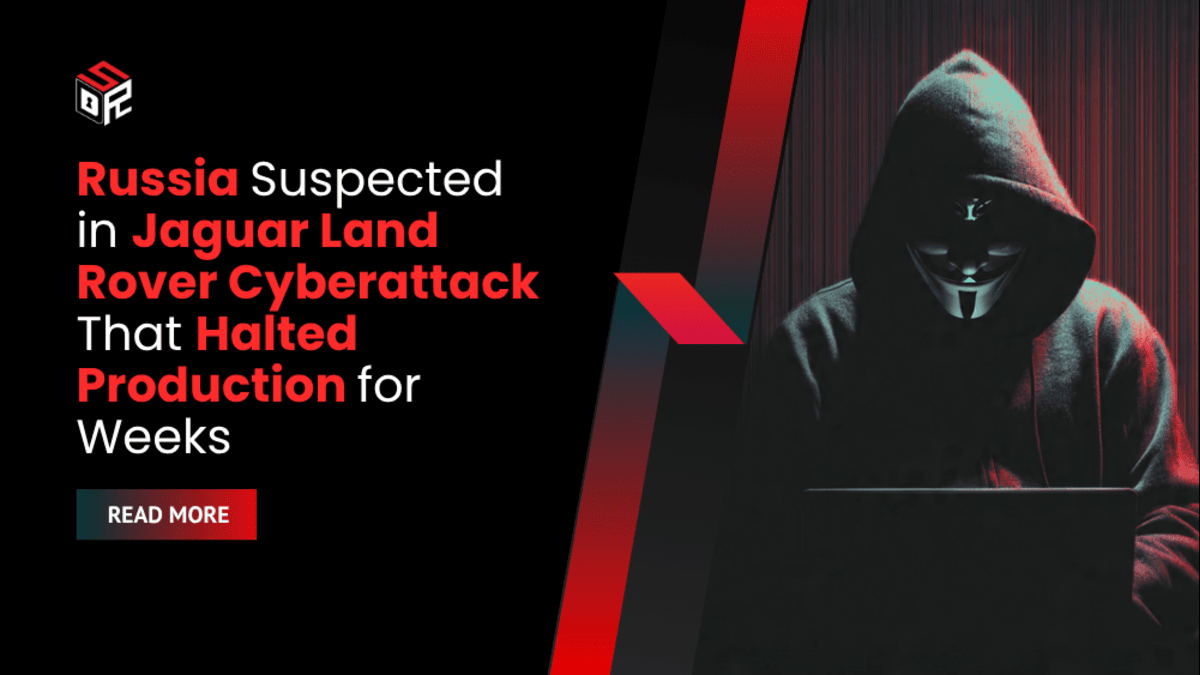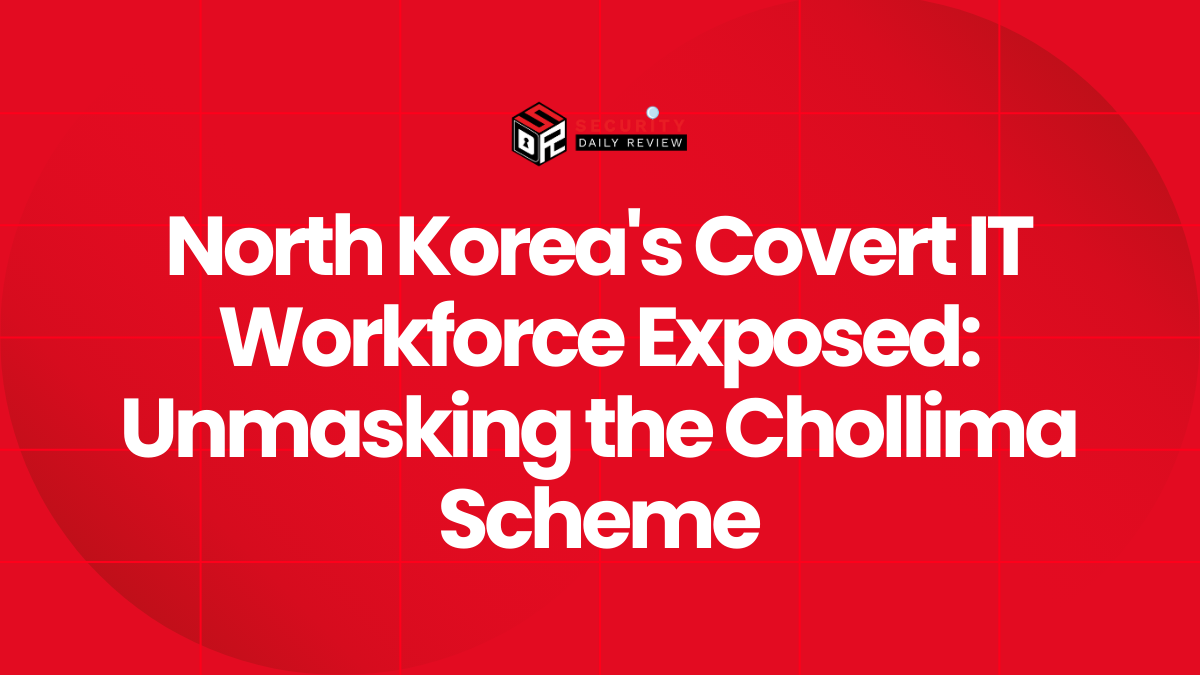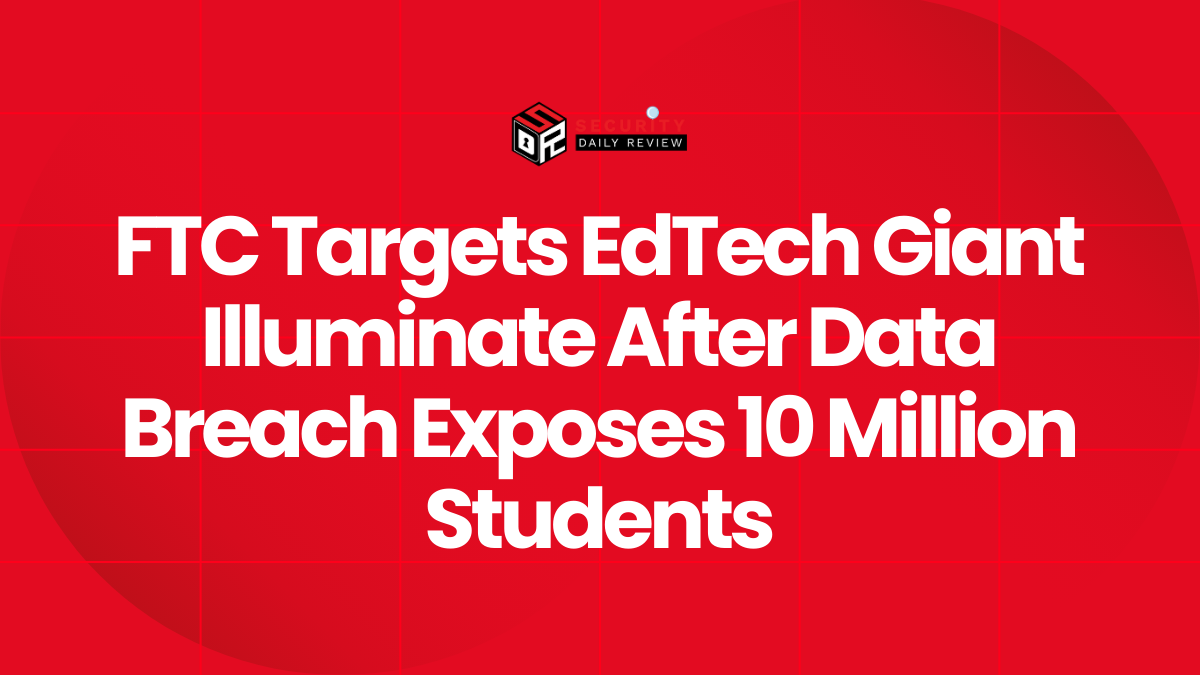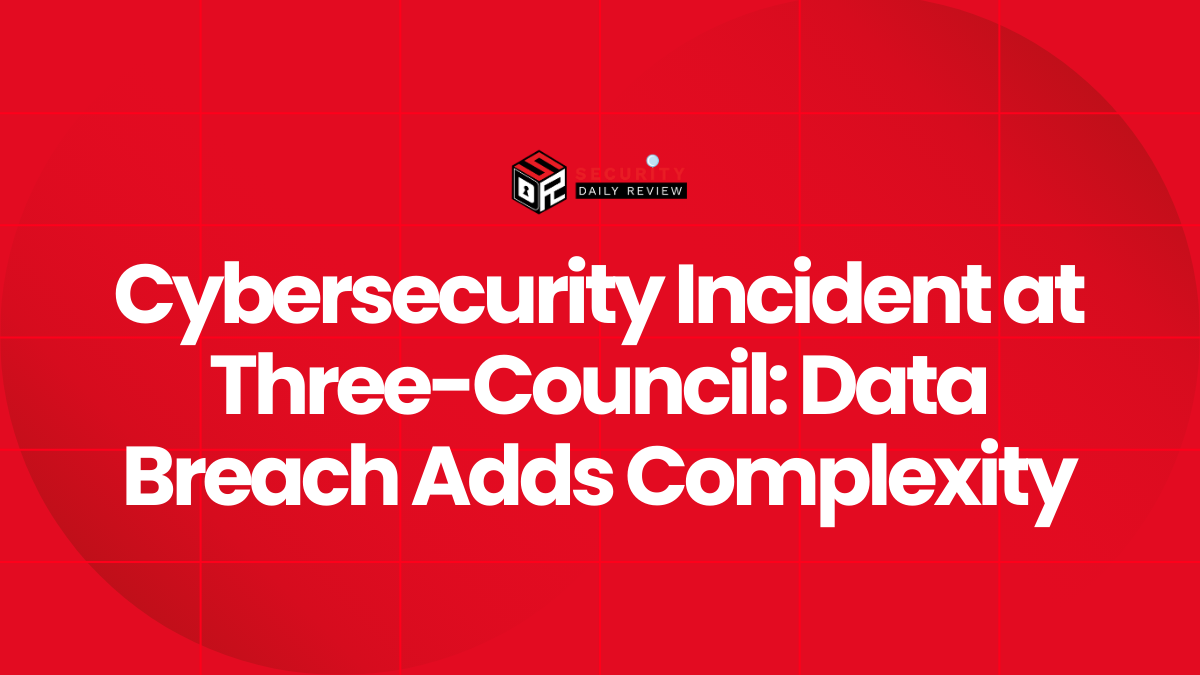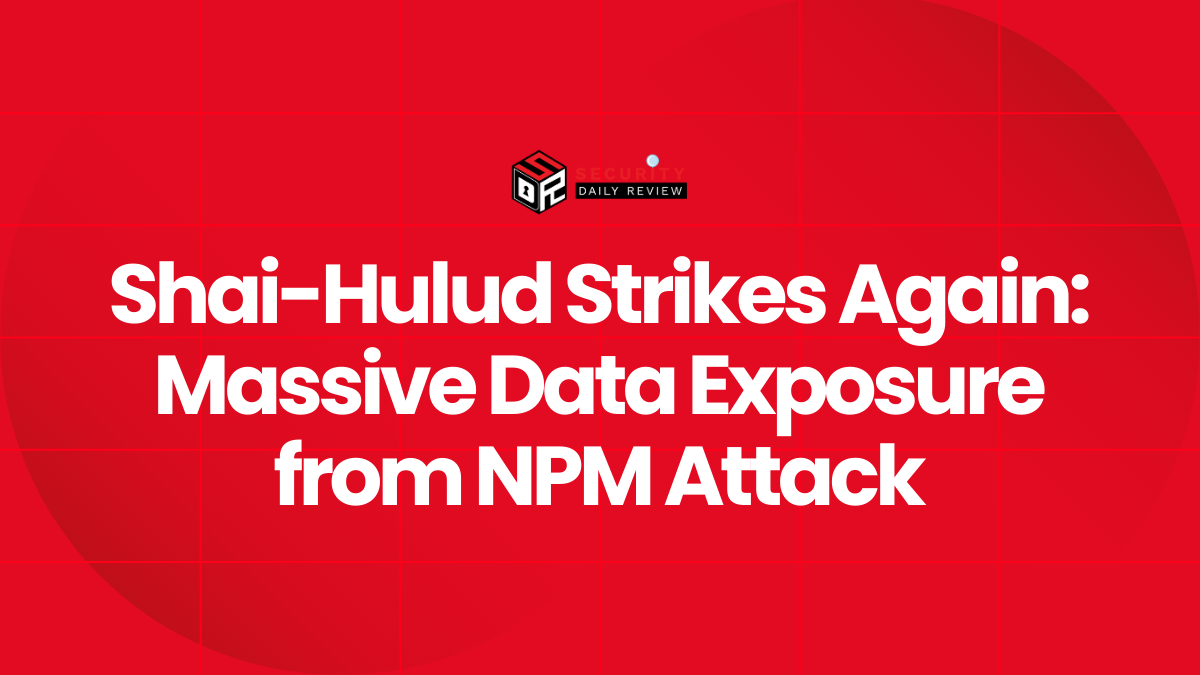Jaguar Land Rover (JLR) experienced a major cyber incident in September that knocked out roughly 800 internal computer systems and forced the company to suspend production across multiple U.K. factories for weeks. U.K. investigators now list Russian involvement as an active line of enquiry, and national security agencies have joined a probe seeking to determine whether the disruption was directed or enabled by state actors.
The incident caused widespread operational disruption at JLR’s factories in Halewood, Solihull and Wolverhampton and prompted an emergency government intervention to stabilise the company’s finances and supply chain. JLR has begun a phased restoration of systems and production, but officials warn that returning to full capacity will take several weeks. The carmaker employs about 30,000 staff directly, and more than 100,000 people work across its supplier base—many of whom faced immediate uncertainty during the stoppage.
“The investigation is ongoing, and we would caution against speculation. The Government has persistently called out a range of actors for malicious cyber activities against the UK and will continue to do so.” — government spokesperson
UK Cyber Agencies Leading an Inquiry as Intelligence Points to Potential State Involvement
The National Cyber Security Centre (NCSC), which sits inside GCHQ, is leading technical and forensic aspects of the JLR investigation, with support from the National Crime Agency (NCA). GCHQ personnel began preliminary on-site work at JLR last week, officials said, as law-enforcement and intelligence teams pursue multiple avenues of attribution. Sources involved in the probe indicated that investigators were assessing telemetry, malware artifacts and network logs to determine whether operators acted independently or under direction.
Early public reporting has flagged a hacker collective operating under the names Scattered Spider, LAPSUS$, and ShinyHunters as the likely operator behind the intrusion. That group has been linked to a series of disruptive intrusions in the U.K. earlier in the year—including an incident that affected retail giant Marks & Spencer—and investigators are examining connections between those intrusions and the JLR compromise. National authorities view the scale and sophistication of the JLR disruption as elevating the possibility of state support or direction, which has prompted the “active line of enquiry” into Russian involvement.
Officials have been careful to avoid definitive public attribution while the technical work continues. The government’s caution contrasts with commentary from senior ministers who have in recent months warned generally about a rise in hostile cyber activity tied to foreign actors. Chancellor Rachel Reeves last month said Russia had been involved in recent cyberattacks in the U.K., though she did not cite specific incidents or present evidence linking Moscow to JLR.
The ongoing forensic effort includes cross-checks of intrusion methods against known TTPs (tactics, techniques and procedures) of both criminal and state-linked actors, reviews of supply-chain integrations, and interviews with affected IT personnel. Investigators are also seeking to determine the initial access vector, whether desktop or server credentials were compromised, and whether any third-party software or managed-service provider was abused as a pivot point into JLR systems.
Economic and Operational Impact Prompt £1.5bn Government Loan Guarantee to Support Supply Chain
The immediate operational and economic impact of the outage was substantial. JLR halted production, disrupted logistics and placed thousands of supplier relationships under strain while the company worked to assess damage and restore critical systems. In response, the U.K. government announced a £1.5 billion loan guarantee designed to provide liquidity and reassure suppliers and lenders that contractual obligations could continue during the recovery.
The loan guarantee was positioned as a contingency to “give certainty to its supply chain” while JLR brought production back online—a phrase used by officials to explain the rationale for rapid intervention. The measure does not waive JLR’s commercial obligations but aims to prevent the short-term freeze in payments, deliveries and manufacturing throughput from cascading into broader distress across the automotive sector.
JLR has initiated a controlled, phased return to operations, but company statements and government briefings indicate that full restoration of capacity will likely require several weeks. Management warned that the company must validate system integrity, reconstitute business-critical applications, and verify the authenticity and consistency of data before resuming normal production rhythms. That validation is particularly important for automotive manufacturing, where supply-chain timing, software-controlled assembly lines and safety-critical processes place a premium on system correctness.
Beyond the immediate production shock, the incident raises longer-term questions for JLR’s risk posture and for the British automotive sector. Firms dependent on tightly synchronized supplier networks face elevated systemic risk when a major OEM stalls; small and medium supplier firms with limited cash reserves can be disproportionately affected. The guarantee is intended to counteract that ripple effect while forensic and remediation work continues.
“To give certainty to its supply chain, the government will underwrite a £1.5bn loan guarantee.” — government announcement
Investigators are also assessing whether attackers targeted intellectual property, design files, or engineering systems in addition to production-control and administrative networks. The consequences for product development timelines, firmware integrity, and future vehicle recalls would be material if sensitive engineering assets were exposed or corrupted.
Wider Security and Geopolitical Ramifications as Europe Watches for Escalation
The JLR incident arrives against a backdrop of heightened concern in Europe about disruptive cyber activity and hybrid threats. Several European countries have reported drone sightings and other asymmetric threats, and some governments, including Denmark, have publicly acknowledged preparations for hybrid-threat contingencies. The apparent sophistication of the JLR attack has therefore drawn significant political attention.
Security officials emphasise that confirmed state involvement would alter both legal and diplomatic responses. Where criminal gangs are responsible, law-enforcement disruption, arrests and takedowns are the principal instruments. If evidence points to a state sponsor, governments consider broader measures—including sanctions, diplomatic protest, and increased defensive postures—subject to the evidentiary standards required for attribution.
For private-sector organisations, the incident underscores persistent supply-chain and operational technology vulnerabilities. Analysts note that attackers increasingly blend criminal and geopolitical motives, exploiting social engineering, compromised credentials, and exposed management interfaces to attain disruptive outcomes. The JLR case is likely to spur U.K. and European reviews of critical-sector cyber resilience, standards for third-party risk management, and requirements for rapid reporting and coordinated mitigation.
JLR said it is cooperating fully with investigators, continuing restoration work and providing support to employees and affected suppliers. Prosecutors and intelligence services are analysing seized forensic artifacts and financial traces to develop a more complete picture of culpability. Additional public updates are expected as the NCSC and its partners complete forensic timelines and reach conclusions on attribution.

